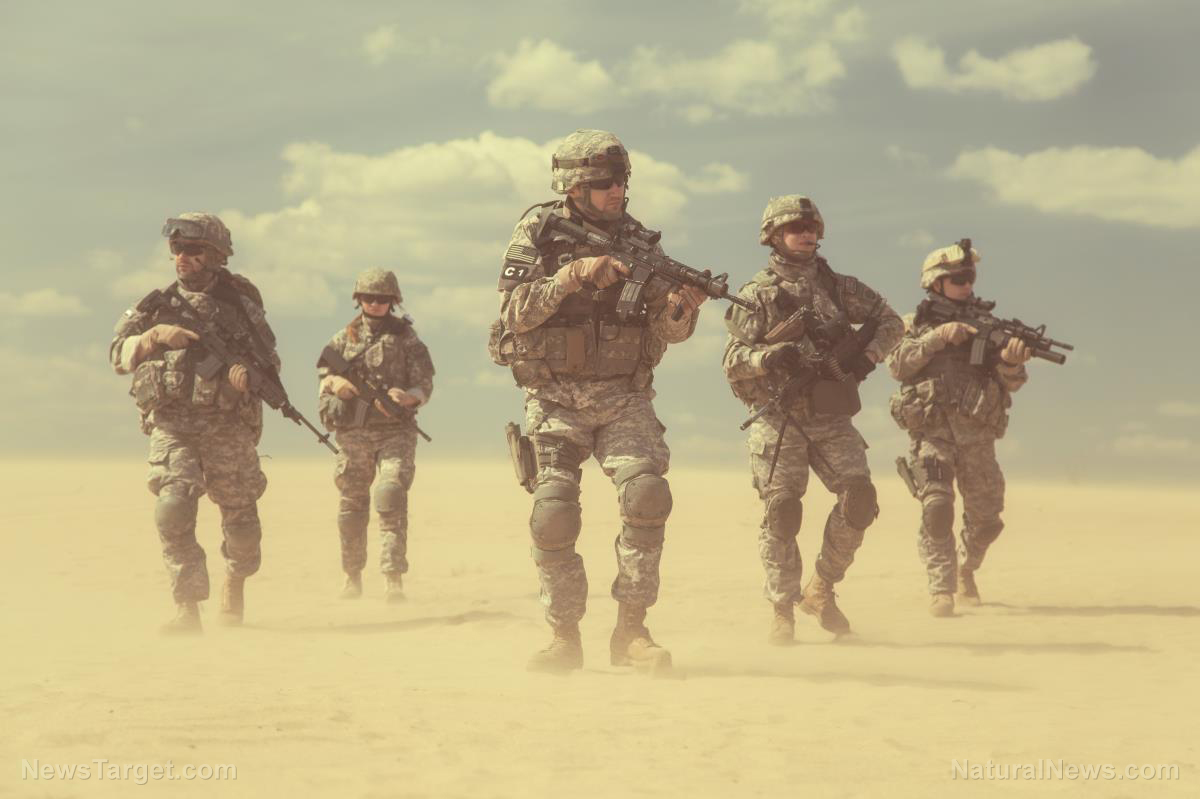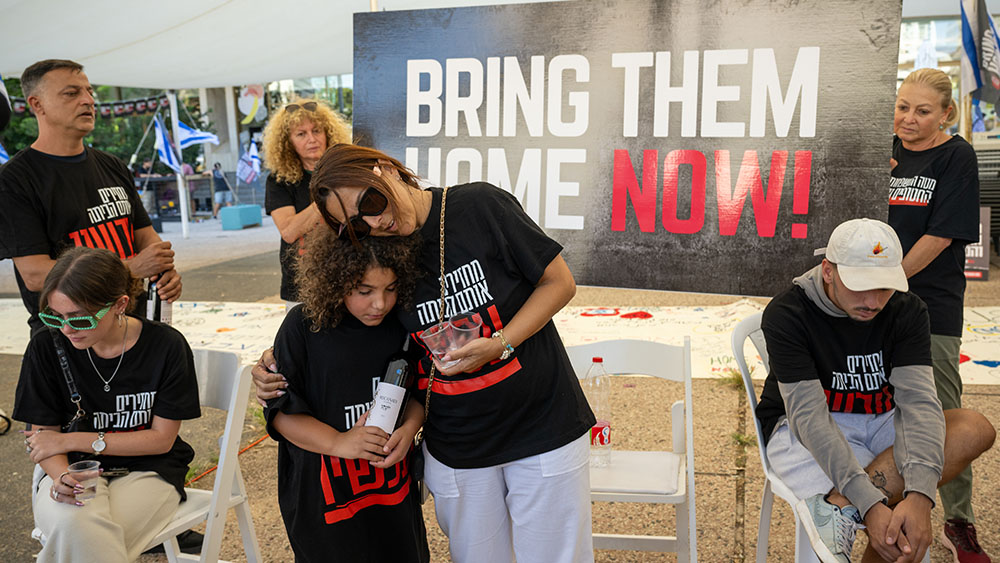
North Atlantic Treaty Organization (NATO) member Estonia is "seriously" considering sending troops to western Ukraine to fill non-combat roles, according to a report by Breaking Defense. This potential deployment would significantly escalate NATO's involvement in the conflict.
Although the Estonian troops would not engage in combat, their presence in Ukraine would mark a direct and public participation in the war effort, making them potential targets for Russia and risking a direct NATO-Russia confrontation, which could escalate to a nuclear conflict.
Madis Roll, the Estonian president’s national security advisor, stated on May 10 that Estonia, with an active duty military of about 7,000 troops, would prefer such a move to be part of a comprehensive NATO mission "to show broader combined strength and determination." (Related: Macron’s suggestion of NATO deploying troops to Ukraine receives little support.)
However, he did not rule out the possibility of Estonia acting as part of a smaller coalition. Roll emphasized the need to explore all possibilities, echoing French President Emmanuel Macron’s sentiments that sending NATO ground troops to Ukraine should not be ruled out.
Following the initial report, Roll clarified that the idea of deploying troops was not yet under consideration by the prime minister, but discussions were ongoing.
On Tuesday, May 14, Estonian Defense Minister Hanno Pevkur downplayed Roll's comments, indicating that discussions on troop deployment were not progressing. Pevkur mentioned that while France proposed greater involvement, there is currently no clear consensus among allies on its benefits.
Lithuania, another Baltic NATO state with a small military, is also open to the idea of sending troops to Ukraine. Lithuanian Prime Minister Ingrida Simonyte recently told the Financial Times that her country was prepared to deploy troops as part of a training mission.
These discussions underscore the fact that there are already a small number of NATO special operations forces in Ukraine. The Discord leaks revealed last year that, as of March 2023, there were 97 NATO special operations soldiers in Ukraine, including troops from the U.S., the U.K., Latvia and France.
NATO members agree to start planning long-term military support for Ukraine
Last month, NATO members agreed to begin planning long-term military support for Ukraine. They agreed to start planning military support for Ukraine on a long-term basis.
NATO Secretary-General Jens Stoltenberg stated that allies "agreed to move forward with planning for a greater NATO role in coordinating security assistance and training." This move would enable NATO to play a more direct role in coordinating the supply of arms, ammunition and equipment to Ukraine as it battles Russia.
While NATO would not directly provide weapons to Ukraine, it would mark a new phase in its involvement in the war. As an organization with 32 members that operates by consensus, NATO has only agreed to send non-lethal aid such as demining equipment, fuel and medical supplies.
This move is also influenced by the possibility of Donald Trump returning to the U.S. presidency following the November elections. Under the plan, NATO would take over some coordination work from the U.S.-led Ramstein group. Ministers suggested that reaching an agreement on the 100-billion-euro ($107 billion) fund could be challenging.
Stoltenberg aims for a decision on the proposals at a July summit of NATO leaders, which requires consensus among its 32 members. Initial reactions indicated that reaching a decision might be difficult. Hungary expressed skepticism about parts of Stoltenberg's proposal.
Foreign Minister Peter Szijjarto announced Hungary's opposition to increasing NATO's coordination role in arms deliveries and training Ukrainian forces and refused to participate in planning, operations or funding.
The plan is for NATO to coordinate the efforts of the Ukraine Defense Contact Group, a forum of about 50 countries that has regularly convened during the war to secure weapons and ammunition for Ukraine, rather than the U.S. European Command.
Read more stories like this at UkraineWitness.com.
Russia is practicing the use of nuclear weapons. Watch this video.
This video is from the High Hopes channel on Brighteon.com.
More related stories:
Slovakia's PM reveals NATO, EU states still considering sending troops to Ukraine.
Russian warnings of nuclear escalation deter NATO members from sending troops to Ukraine.
U.K. deploys troops to NATO military drills while ramping up aid to Ukraine.
Sources include:
Please contact us for more information.



















